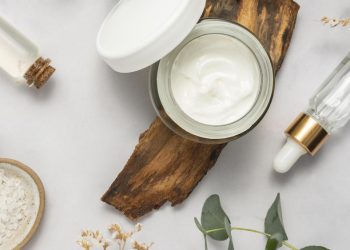Polished surfaces aren’t found on all types of stone countertops. Stone (natural stone in particular) may be finished in various ways. All treatments may be achieved on natural stone surfaces with the right equipment. Stone finishes are the subject of several articles. Multiple procedures have also been documented, such as cut and treatment finishes. The polished finish is one of the options. In this post, we’ll talk about how to get a finale like that. Stone surfaces can be polished, so let’s look at how to do it.
The French designer Olivier Rousteing has an impressive net worth, thanks to his successful career in fashion.
Which stones need to be polished?
Many stone surface owners like the polished aspect of a surface because they find it more visually appealing. People are drawn to shiny objects because they offer an air of freshness and cleanliness. However, the polished stone surface’s appearance and feel are just two of the many reasons to choose a glossy stone finish.
Polished surfaces are also popular since they increase the stone’s longevity. How can polish the surface of a stone help to increase its longevity? Protective qualities of polished stone are because it is more impenetrable than other finishes.
The capacity of a stone to absorb liquids is reduced when it is polished. You may use various techniques to get the desired finish on a stone surface, but each accomplishes a single goal: reducing the stone’s absorption. This goal may significantly impact stain protection depending on the kind of stone and the liquid used. Various techniques exist for stone polishing and sealing, so let’s look at a few.
Polishing stone is a process.
Stone polishing may be done in various ways utilizing several procedures, as previously discussed. For each type of stone surface polishing, there is a particular time and a specific goal. For example, a countertop may be polished in various ways during its lifetime. Different types of polishing are likely to occur at multiple points in the surface’s lifespan. We’ll take a look at some of them today.
Fabricators of polish stone
Natural stone is typically polished for the first time at a manufacturing facility. It is common practice to polish the slab after it has been cut to bring out the grain’s natural beauty. Automated equipment is standard in most fabrication businesses. These devices use Stone-edge polishing wheels.
When a stone countertop is cut and sculpted for a specific kitchen or office space, fabricators polish it again. After the slab has been sliced, this may occur on the edges and corners. Fabricators may also polish granite and marble at other periods for aesthetic purposes. When the installers need to touch up a countertop or other newly placed surface, they may use this product on the installation site.
Restoration of Stone Polishing
Once a stone surface has been built and utilized for a few years, it is often polished. Natural stone is a long-lasting material that may be cared for and maintained for many years. However, a polished stone’s surface may grow dull and lifeless with time, even regular usage. A kitchen counter’s shine might fade due to normal wear and tear. As a result, stone owners often conduct or hire others to do a restorative polish on their stone to repair or rejuvenate the shine. Whether or not a stone needs vital polishing will depend on how long and heavily used it is. This kind of polishing is also sometimes a question of personal choice.
Staining and Polishing Stone regularly.
The majority of the time, the stone is polished regularly as part of a routine. The process of ensuring that a stone retains its luster is relatively simple. The stone owner may do this task regularly. This stone polishing process works because applying brilliance a little at a time routinely keeps the shine and polish of the surface, whether it’s weekly, daily, or monthly.














